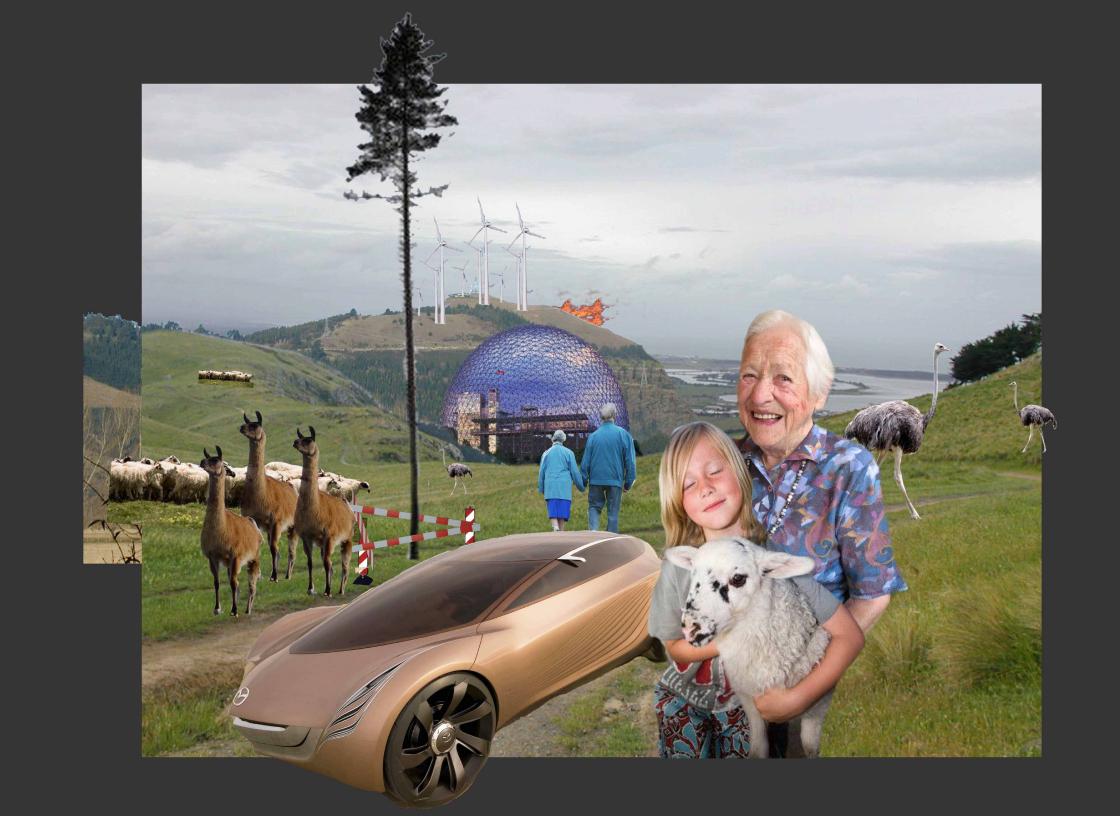About Cultural Landscapes: In the course of globalization, landscapes are becoming increasingly interchangeable. The differences between regional and local characteristics and identities are blurring.The loss of landscape elements
that create a sense of identity and belonging leads to the fact, that not only the ecological qualities but also the cultural qualities of landscapes are being more and more valued. This includes for example characteristic features, that reflect
the cultural and historical development of an area – the ‘documentary function’ of landscape. It also includes natural or cultural characteristics that trigger childhood memories or remind people of special occasions and by this means create a sense of belonging – the ‘identificational function’ of landscape.
These cultural qualities are not independent of the ecological qualities
of a landscape. The biological diversity has a strong influence on
the potential of a landscape to trigger a sense of identity. Also, the diversity
of habitats and species is culturally influenced. Therefore, the European as well as the German National Biodiversity Strategy call for comprehensive approaches for a sustainable development of cultural landscapes. But what should such approaches look like and how can they be successfully implemented? One Topic – many perspectives: The discussion about the „Culture of Landscape“ has gained importance in recent years in landscape planning as well as regional planning, but it has often been restricted to a mere analysis of the ‘documentary function’ of landscape. The ‘identificational function’ of landscape has so far rarely been brought up for discussion. At the moment, there is still a lack of methods to describe and assess the cultural qualities of landscapes with a justifiable effort and to develop spatially specific objectives for their future development – a task
that should be adressed in participatory governance processes.

- Title Original : KULTURLANDSCHAFT: FÜR DEN MENSCHEN UND QUELLE DER BIOLOGISCHEN VIELFALT TU DRESDEN HEIMAT ALS IDENTIFIKATIONSRAUM
- Project start : 0000
- Project end : 2010
- Contact Person : Romy Hanke, TU Dresden; HHP Hage+Hoppenstedt Partner, Rottenburg
- Funding Agency : Bundesamt für Naturschutz
- Image Title : Welche Kulturlandschaft wollen wir?







